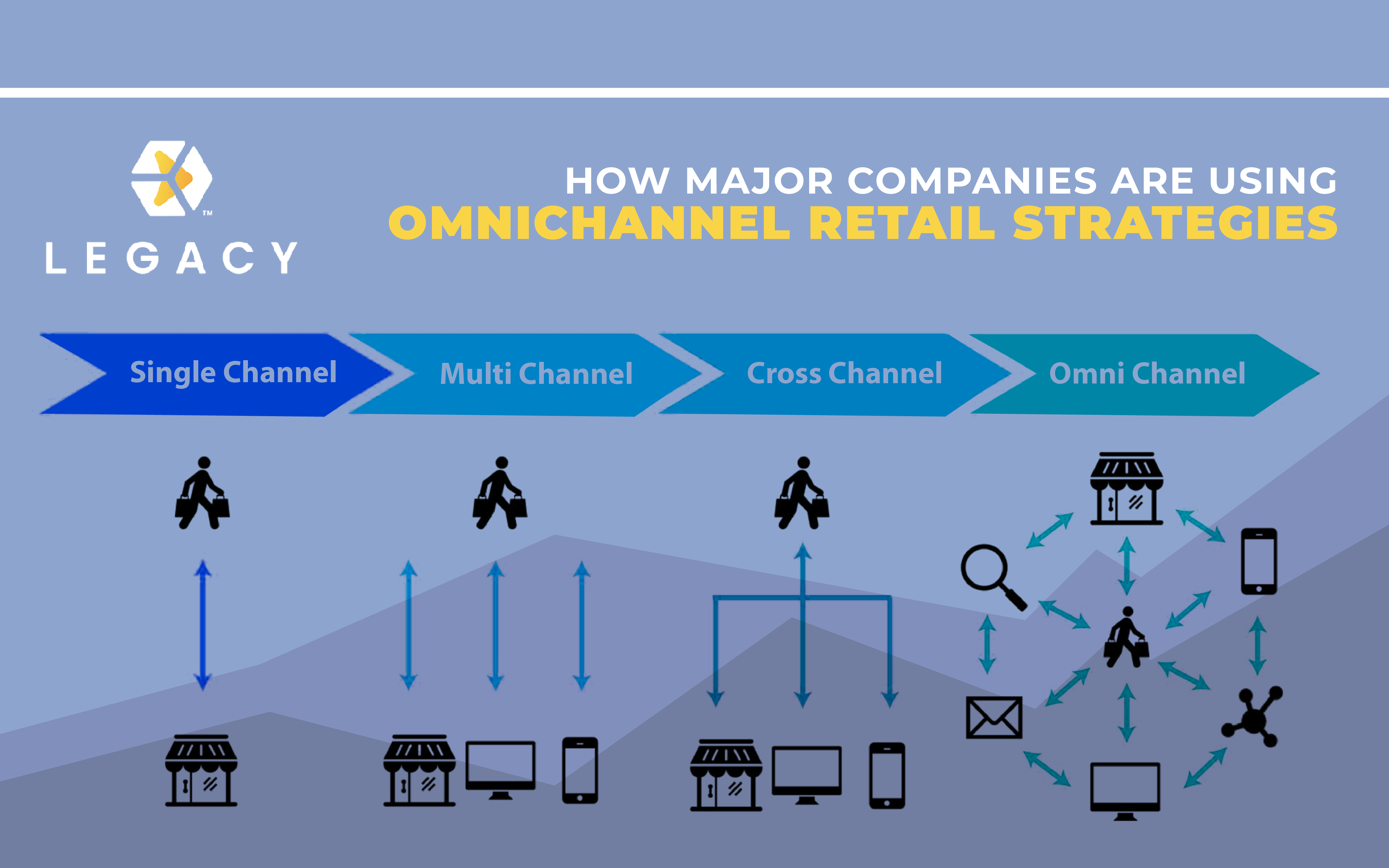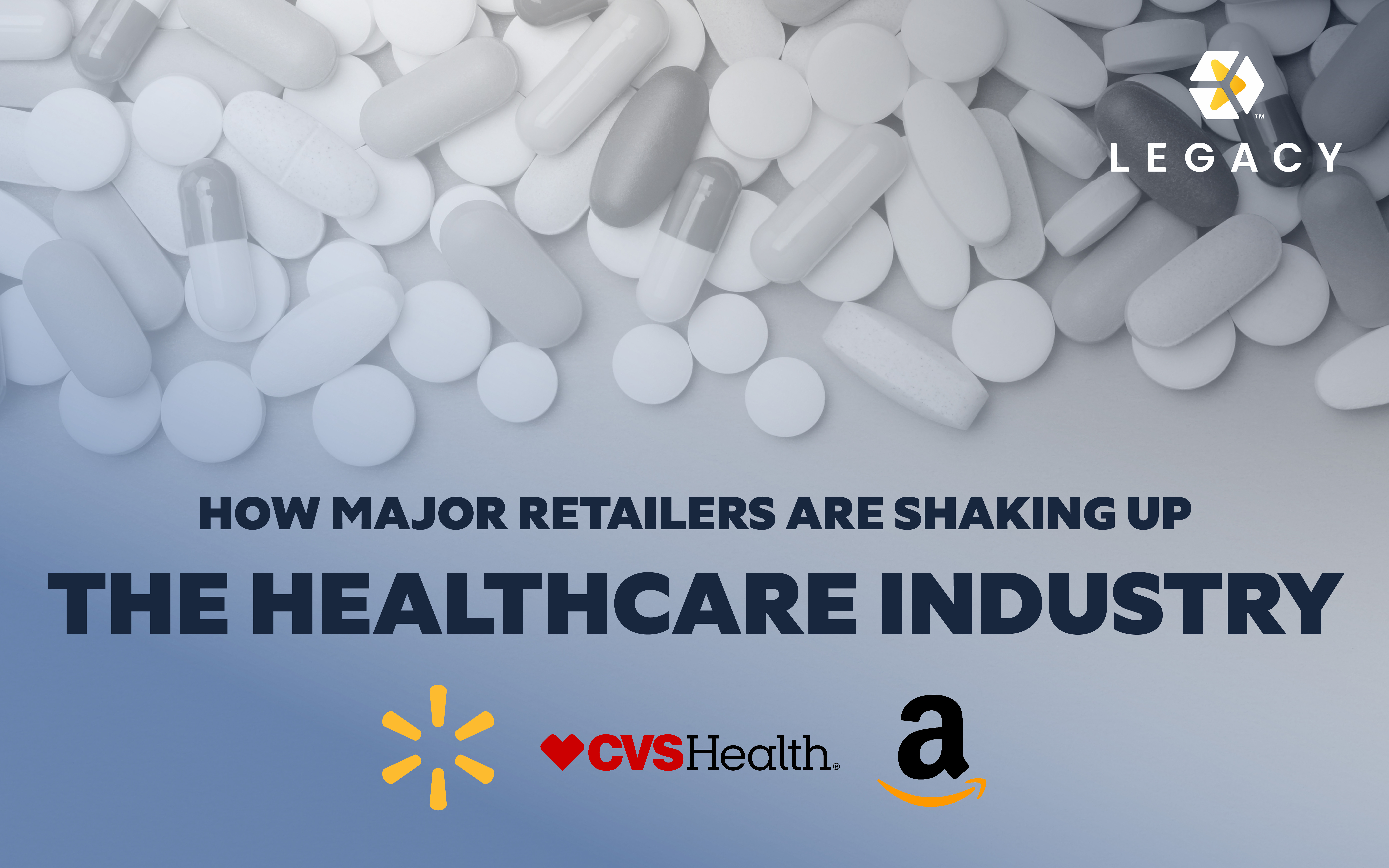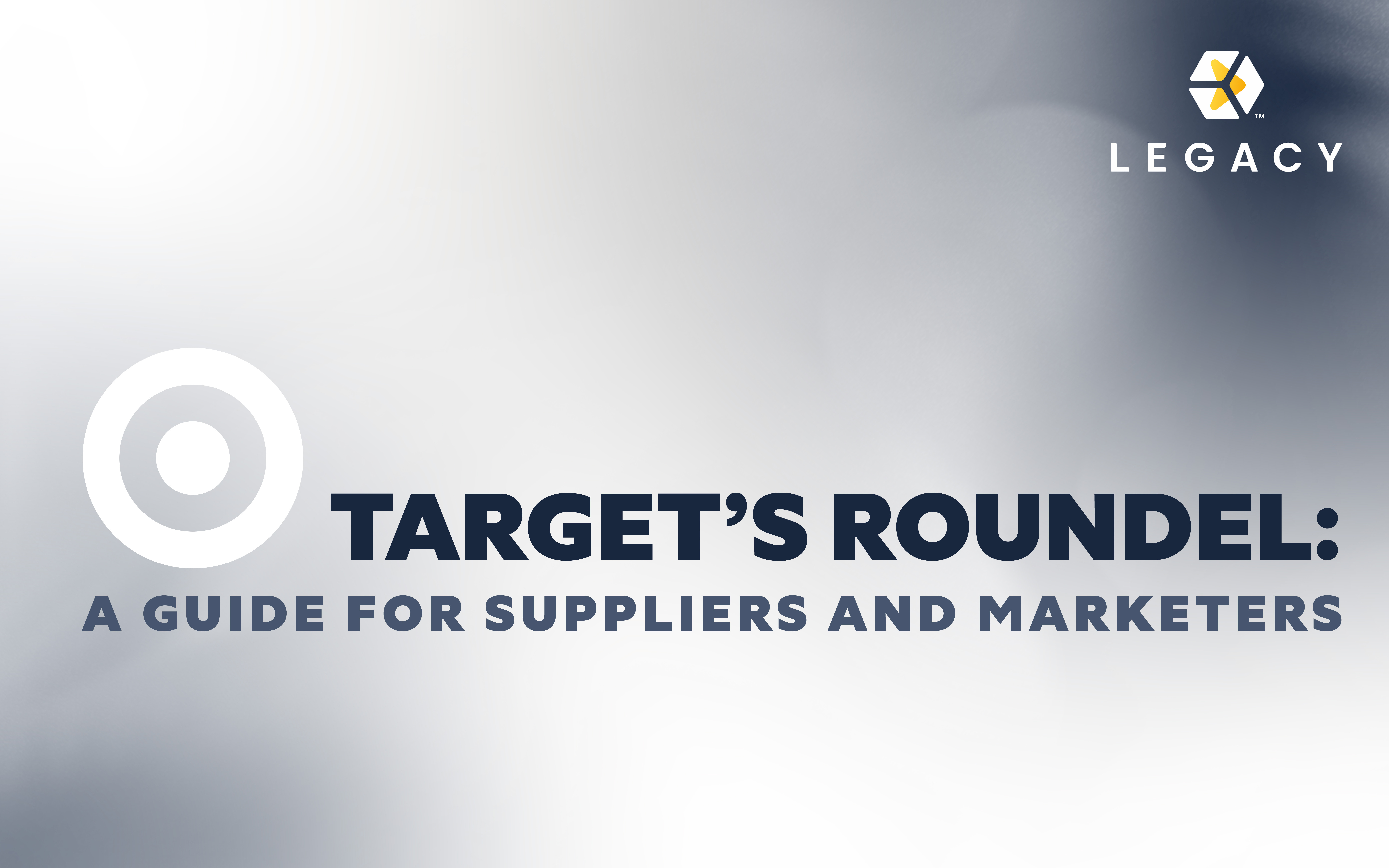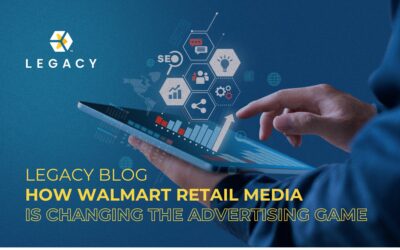Whether your customer is shopping on their smartphone, laptop, or in your brick-and-mortar location, their experience should be the same across the board. In other words, the “vibe” and user experience should be identical across all your touchpoints.
Also, all the technologies at your various touchpoints should be integrated or connected: Your app, ads, webpage, etc., should be interconnected like the various parts of the human body are conjoined into a single whole.
To do all this is to have an omnichannel retail strategy. Now, why bother making things identical and connected?
The simple answer is that customers expect it. It will also increase your sales and help your business last. A story to consider: The once-dominant clothing brand, J. Crew, lost tons of potential sales and relevance because it didn’t pivot to a robust omnichannel strategy during the COVID pandemic.
Partly inspired by a presentation by Kilian Wagner (CEO of VIU), we’d like to look at three businesses that have used omnichannel retail strategies in effective and interesting ways.
Amazon
Amazon has its hands in multiple markets: food, retail, entertainment, robotics, footwear and apparel, books, etc. But right now, we’d like to focus on their innovative omnichannel strategies for their physical bookstores.
Since Amazon sells e-books online, they have access to data that shows how quickly people get through certain books. If they see audiences are finishing certain titles in 3 days or less (because they’re exciting), they’ll place those books together in a section titled something like “books read in 3 days or less”. Talk about integration.
Amazon also draws data from their shopping carts. If you regularly shop on their website or app, you probably have a “wish list”, that list of items you hope to buy later. Amazon considers the titles that most people are hoping and waiting to purchase, then groups these books together at their physical locations.
Let’s say you come across a novel or biography in their bookstore that you think is interesting, but you’re not quite sure it’s worth it. Well, you can scan the book on your smartphone and read reviews on Amazon.com.
Disney
Disney’s omnichannel strategies are arguably the best regarding marketing and user experience. Since there are an infinite number of examples to pick from, we decided to focus on how they implemented these strategies for their newest film, Thor: Love and Thunder.
Close to the release of this film, Disney collaborated with Mcdonald’s to design custom happy meal toys in the image of the characters. These meals also came in custom boxes with the words “only in theaters” branded on the box. Interesting that the release date wasn’t on the box (we’ll come back to this).
These two companies also collaborated to make a video game that kids can play using the toys from their happy meals. A smart strategy considering that as kids play the game over some time, the movie stays on their parents’ radar (ensuring they don’t forget about the film). Again, this website says the movie is “only in theaters”. We started to suspect this omission of the release date was an intentional tactic to create some mystery and compel the audience to search for the release date in their search engines.
When you Google the movie’s name and release date, you see a section with a large “July 8” displayed above the Marvel website. Putting the Marvel website right below the release date naturally makes the audience curious to click on the link. From there, the first thing you see on the site is a place to purchase movie tickets. The second thing you see at the very top of the page are buttons where you can purchase Marvel comics and browse a selected list of their movies and television shows.
It’s all a very smooth, organic, and consistent user experience.
Bonobos
Bonobos, a subsidiary of Walmart, is a high-end menswear company based in New York with 63 locations throughout the United States. We bring them up because they have a unique integration between their website and brick-and-mortar stores.
Before you step inside a Bonobos store, they ask that you make an appointment on their website. A wise move because when you go to their website to do this, you’re greeted with text about sales they have going on. You’ll also encounter beautiful photos of their clothes. All this opens up an avenue for the customer to go ahead and buy on the website before they ever step foot in a Bonobos retail space.
Once you book an appointment and make your way to the store, you’ll discover another interesting feature…
You can’t purchase clothes in the store.
But you might be offered a free beer and be given as much or as little attention as you’d like from their menswear experts. These experts will guide you through their various offerings and assist you by pulling items from their displays for you. They also take records of the sizes you wear, so there’s never any guessing for the next time you shop with them.
Because you can’t buy in-store, your attendant doesn’t feel pressured to push you into buying anything, nor do you feel pressured to buy. This results in your having a very pleasant experience. Once you’re done looking and trying things on, you can decide whether or not you want to purchase anything from the comfort of your home. Then Bonobos will ship your items to your door if you purchase.
They use their retail space as a showroom and a place for customers to experience their brand. We’re sure this experience sticks with customers long after they leave, meaning repeat customers.
We’re convinced that if you sell products in a retail store, you should strive to give your customers a cohesive experience across all your touch points alongside a seamless, connected experience. Legacy Retail is a team of retail professionals with the tools, talent, and knowledge to help you win across all retail channels. To learn more, click here.




